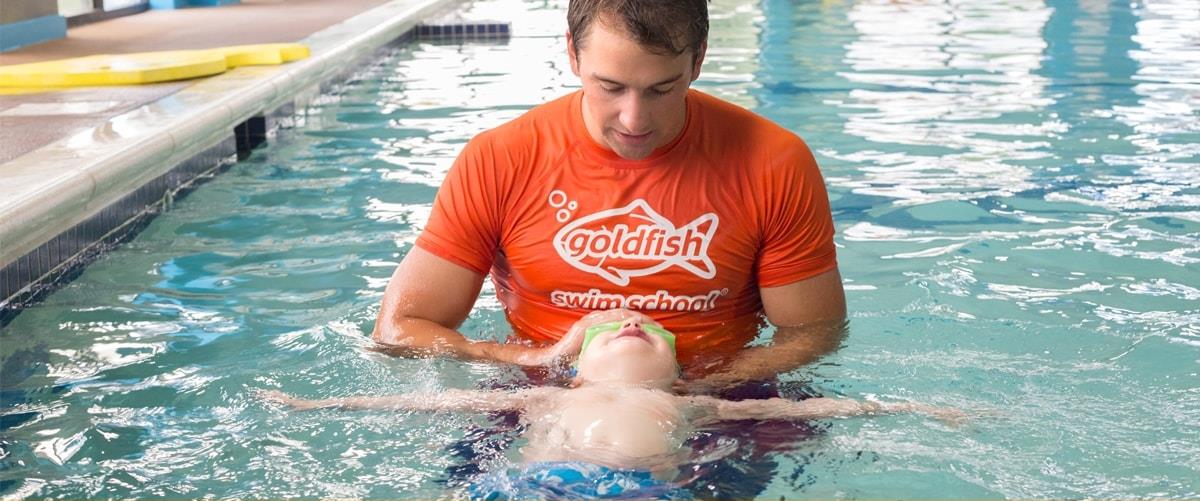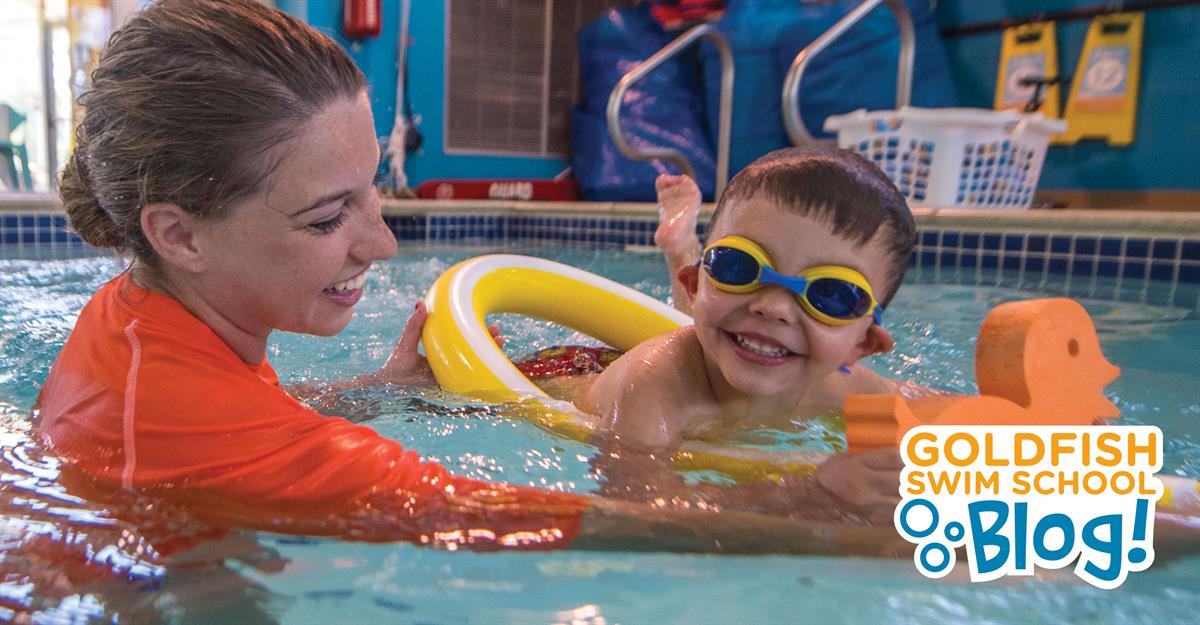Why Floaties Are Not The Best Option for Children

The Dangers of Water Wings
At some point, most kids are ready to jump in the pool before they fully develop their swimming skills. Many parents in this situation are tempted to give their children pool floaties so that the child can enter the pool and splash around. But there are far more dangers and drawbacks to using pool floaties/water-wings than there are advantages.

Poor Swim Posture
Pool floaties are not a good idea for young children who are still learning to swim because they teach poor posture and incorrect swimming habits. Floaties align a child in a vertical position which is known as the drowning position. A child who thinks that staying vertical in the water is the correct posture will be in severe danger if they enter the pool without floaties.
Floaties Are Prone to Slipping or Breaking
The vinyl material that most floaties are made of can become extremely slick in the water. Its not unusual for pool floaties to slip off while they are in the water. Its also relatively easy for inflatable floaties to pop from punctures or wear and tear over time.
Its Hard to Maneuver with Floaties
Pool floaties have to be large and cumbersome to keep the child afloat. By restricting a childs arm movements, they prevent them from pushing themselves or turning themselves in the water. Over time, this can reinforce bad habits along with bad posture.
False Sense of Swimming Ability
Children who use water wings or pool floaties may begin to believe that they know how to swim if they wear them most of the time in the pool. This can result in children jumping into pools recklessly and panicking when they cannot stay afloat.
Fear of Swimming Without Them
Some children may have the opposite reaction as well. If you are trying to teach your child to swim or take them to lessons, they may have a harder time adjusting if they are not wearing their familiar gear.
Alternatives to Pool Floaties
Instead of using floaties, there are better ways to help your children stay safe, learn to swim, and become more comfortable in the water.
- Be Nearby: Get in the pool with your child and stay at an arms length. Being close to novice swimmers is the best way to keep them safe.
- Practice Entry & Exit: One of the best immediate water skills to learn is getting into and out of the water. If your child accidentally falls in, they will know to reach for the wall and pull themselves out.
- Practice Swimming to the Wall: Have your child practice letting go of the wall and paddling toward you. Then have them try swimming back to the wall. Just be sure to stay within an arms length or so.
- Practice Back Floating: This is one of the most important skills for water safety. Help your child to understand that they can float if they are facing up and horizontal.
- Use a Coast Guard Approved Life Jacket: If wearing a flotation device is necessary, opt for a life jacket that is Coast Guard approved. These devices are much safer than unapproved items like floaties.
- Take Swimming Lessons: This is the ultimate answer. There is no better way for children to stay safe in the water than to learn how to swim.
The Best Way to Stay Safe in the Water: Swimming Lessons
At Goldfish Swim School, we are dedicated to helping kids, toddlers, and infants be safer in the water. Our lessons instill confidence alongside practical skills so that everyone enjoys their time in the water. Learn more by visiting one of our locations.




